Sports fans know there’s been a lot of discussion about ways to spice up the annual NBA All-Star Game. The most recent addition tried yet another new format, but the jury’s out on whether the new look solved any of the issues.
Videos by American Songwriter
Here’s an idea from us: Before every edition of the game, they should play a tape of Marvin Gaye‘s legendary performance of the “Star-Spangled Banner” before the 1983 NBA All-Star Game. At the very least, it should put everybody in a good mood to be more accepting of whatever they see on the court.
Calling on a Legend
Context is important when discussing Marvin Gaye’s anthem performance back in 1983. These days, it’s not that unusual for artists to try different arrangements and accompaniments to liven up a song that’s been sung a million times before.
But that wasn’t the case back in 1983. To that point, performers were generally expected to belt out the melody either a cappella or with very respectful instrumental backing behind them. And it’s likely that no one in the NBA offices thought that Gaye would do anything different when they tabbed him for the performance at the Forum in Southern California on February 13, 1983.
They were catching Gaye at a good time in his career. The mercurial artist had endured difficult times in the late ‘70s, dealing with everything from a costly divorce to drug problems. But his 1982 album Midnight Love and its smash single “Sexual Healing” heralded a major resurgence.
Bringing Some Soul to the Party
Gaye had actually experienced a gig like this once before, singing the national anthem before a World Series game in the ‘60s. But he had kept it simple then. When he went through a rehearsal the day before the All-Star Game in ’83, it hadn’t gone well, as his performance went several minutes past the time allotted to him by the television broadcast.
To make matters worse, Gaye showed up later than expected on the day of the game. (There have been contradicting reports that Gaye, who was an excellent athlete, shot around with the stars that day before the game. But that doesn’t show up in the recollections of any players from that game.)
It turns out that Gaye had worked out a drum-machine arrangement with his longtime collaborator Gordon Banks. That tape was rushed to those in charge of the PA system. Gaye, clad in a blue suit and sunglasses, sauntered out to center court as a funky drum beat began to play.
An Incredible Performance
As Gaye began to sing, stretching out the phrasing well beyond what was normally expected of the song, the crowd began to come alive, shouting in the many open spaces of the arrangement. Gaye, holding out his arms, palms upward as he hit the higher notes, tenderly caressed the melody. By the end of the song, the crowd, instead of simply standing with hands on hearts, had started clapping along to the rhythm.
The performance was immediately praised as game-changing, and it wasn’t long before other artists started to toy with the national anthem, seeing it as a way to make an artistic statement. Still, it’s fair to argue that no one has ever quite seized the moment like Gaye did that day, finding nuance and soul in a song that often seemed stodgy and staid.
Sadly, the national anthem performance by Gaye would be one of the last times his fans could appreciate his genius. Barely more than a year later, he was shot dead by his father. Nonetheless, his musical legacy is unimpeachable, aided by the way he transformed one of the most familiar songs in the world and made it his own.
Photo by Paul Natkin/Getty Images

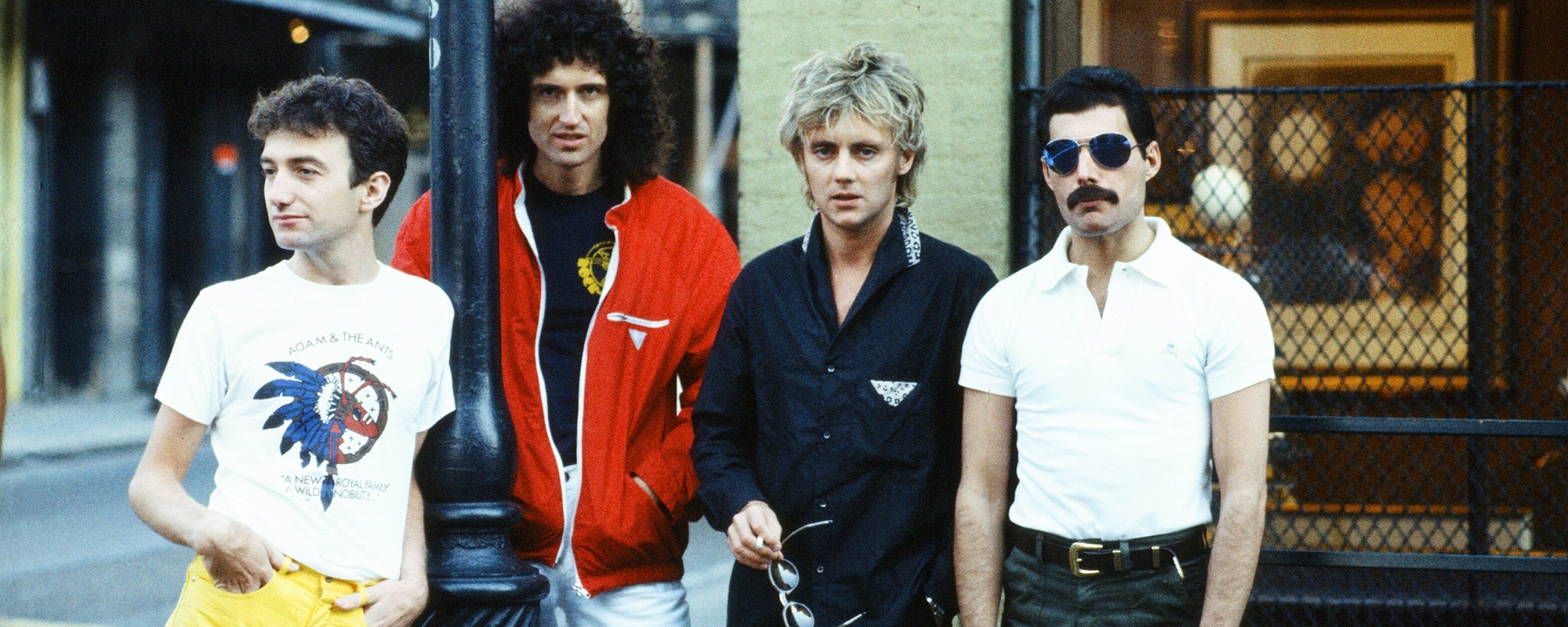
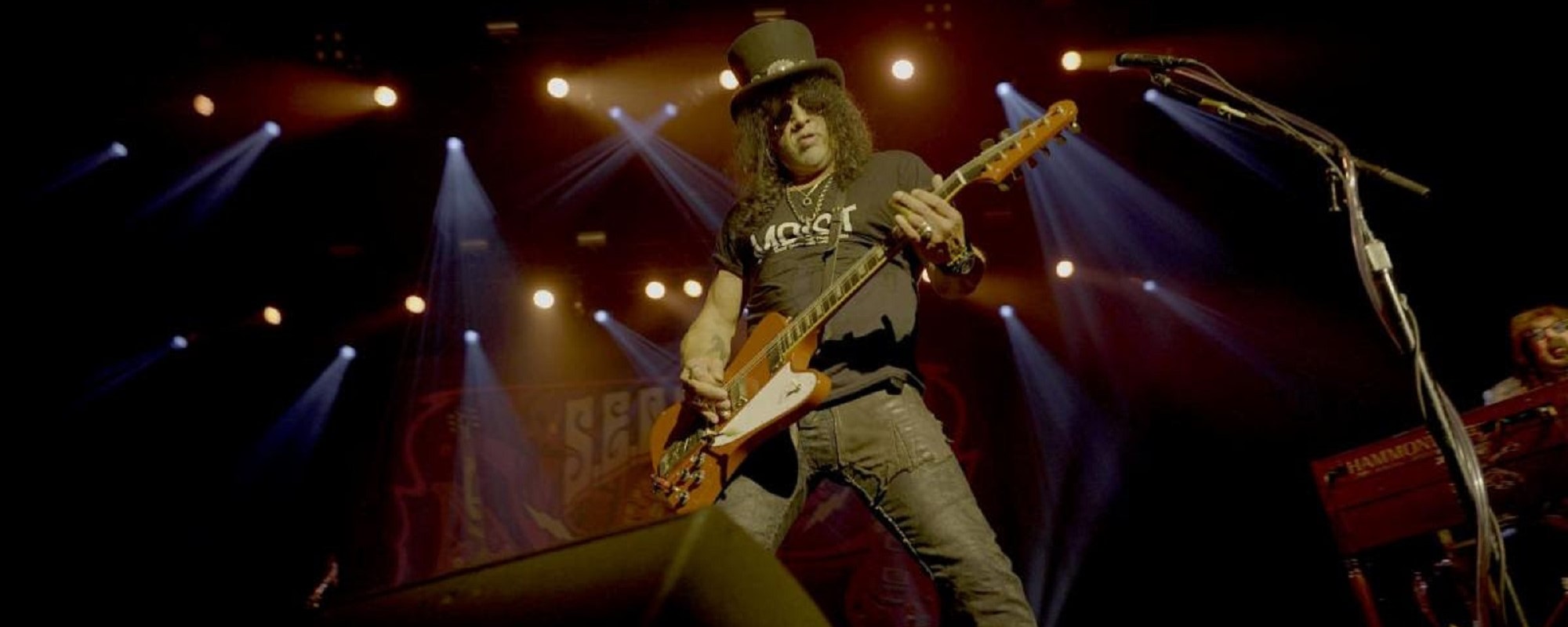


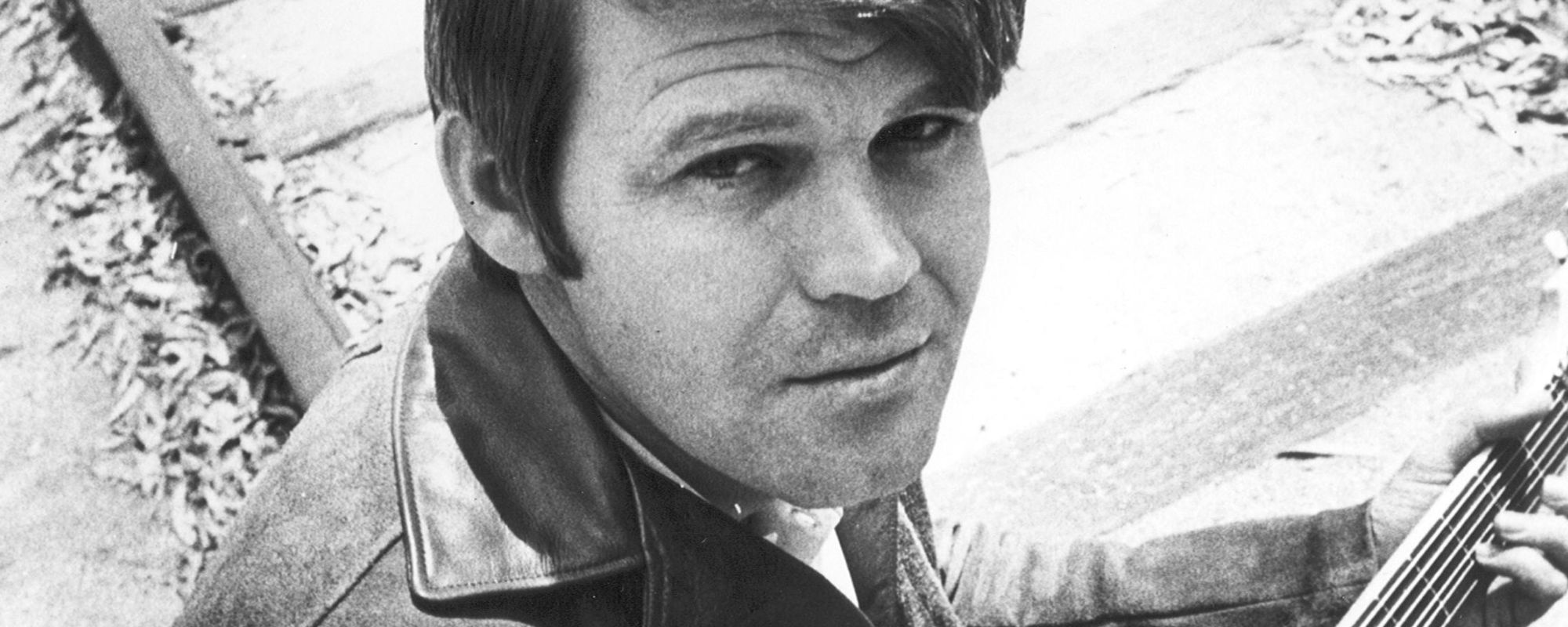
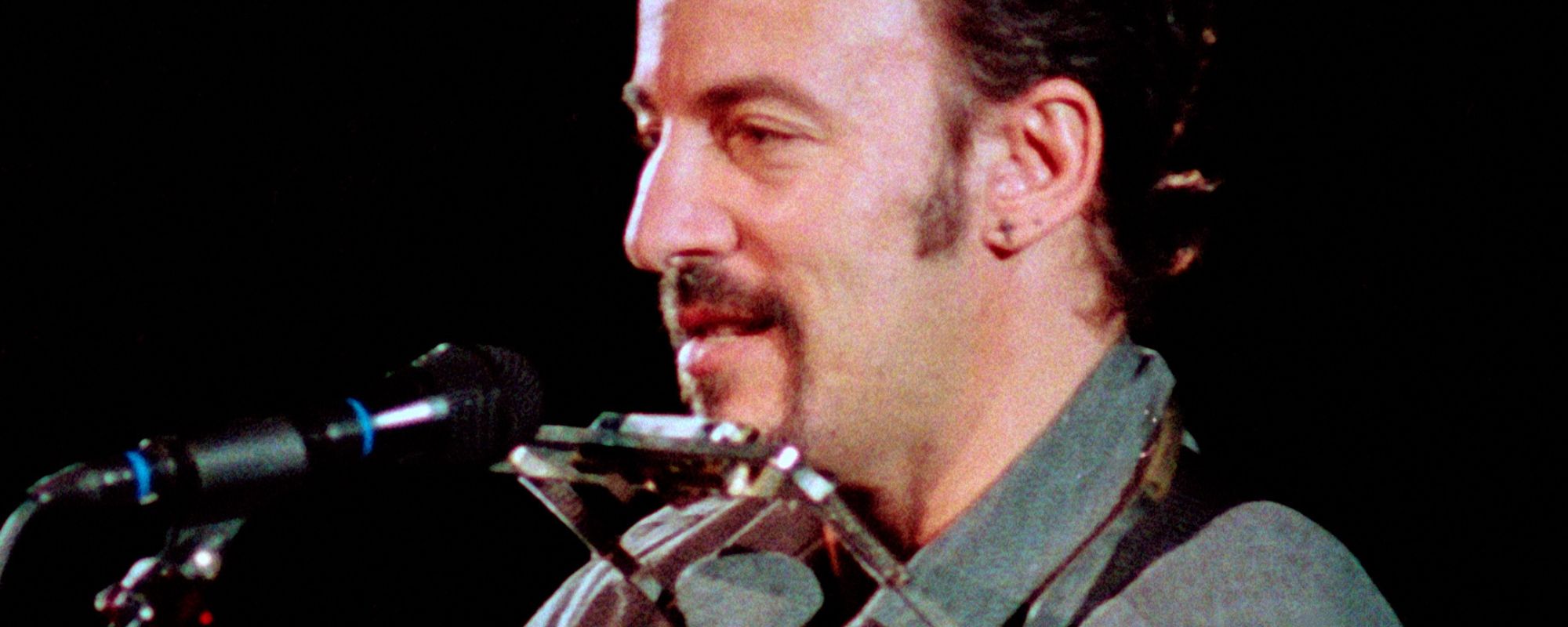



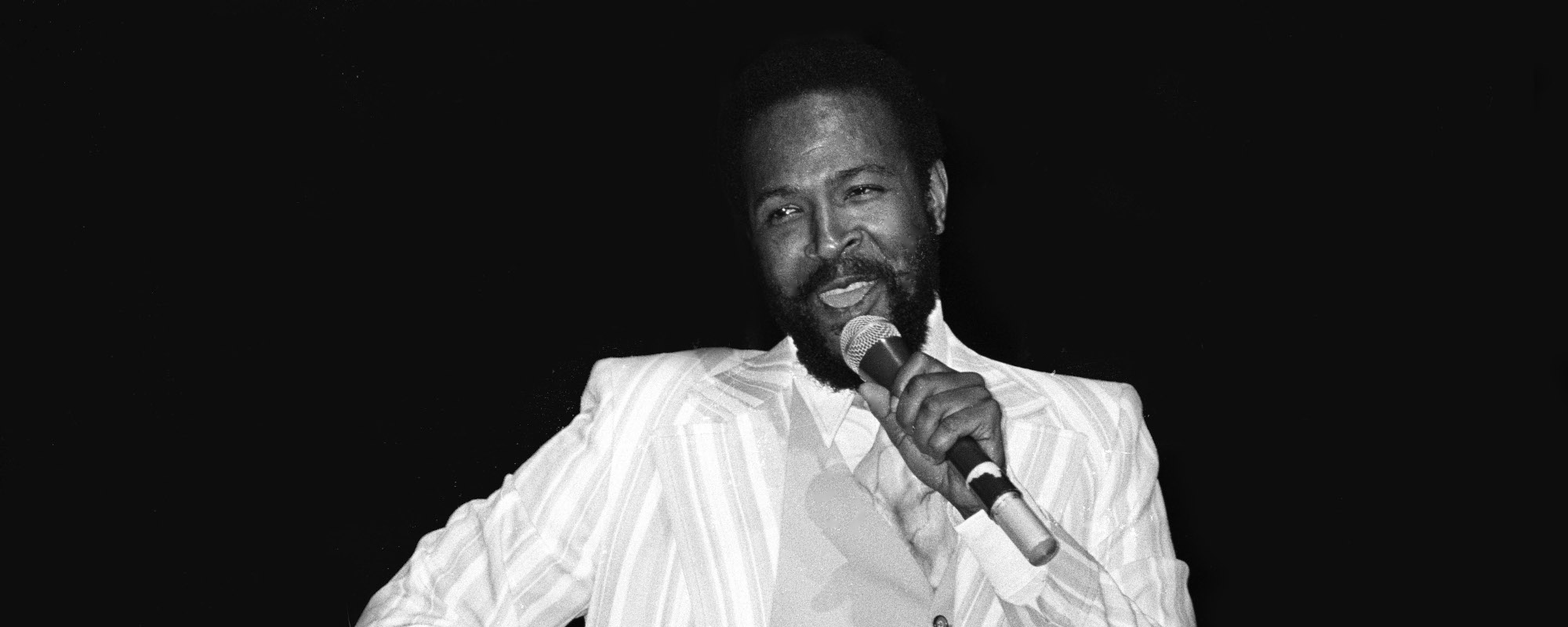
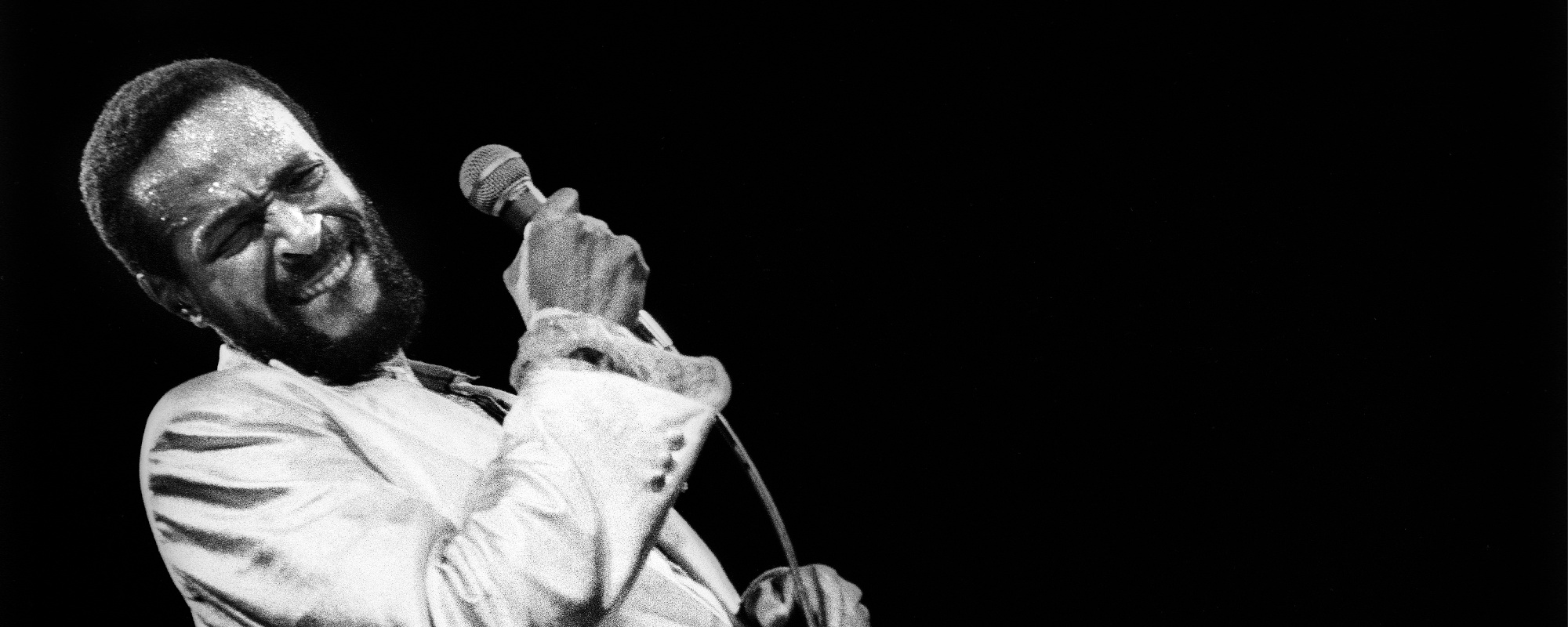
Leave a Reply
Only members can comment. Become a member. Already a member? Log in.